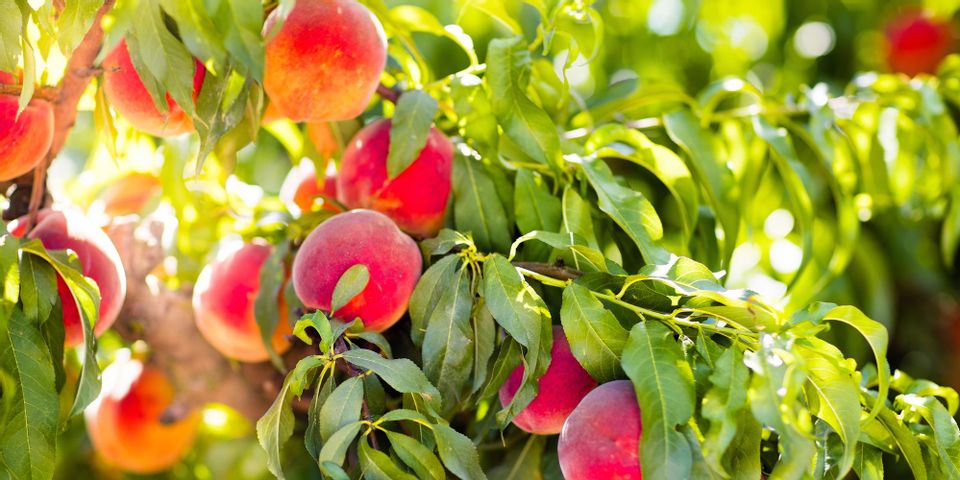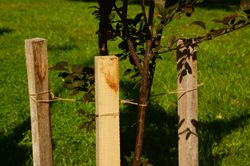Common Questions About Fruit Tree Care in Ohio

From growing your own delicious produce to supporting biodiversity, there are many good reasons to plant a fruit tree on your property. But it takes a lot of planning and patience to obtain these benefits. Fortunately, Ohio’s balanced climate can make the process a lot easier—even for the beginning gardeners. If you’re curious about transforming your landscape, here are a few frequently asked questions about fruit tree care in Ohio to review before you get planting.
4 FAQ About Growing Fruit Trees in Ohio
What Fruit Trees Grow Best in Ohio?
Thanks to Ohio’s sunny seasons and fertile soil, apples, peaches, plums, nectarines, black cherries, and pears all do well in the Buckeye State. If you’re working with limited land and want to enjoy a successful harvest sooner than later, starting with dwarf trees is recommended.
What Are the Basic Guidelines for Planting Fruit Trees?
For successful growth, you’ll want to plant saplings in an open area that allows for at least six hours of full sun and good air circulation. Ideally, you don’t want to force the sapling to compete with more established adult trees. If possible, place the tree at a higher elevation, as this can help reduce the risk of frost.
 When planting, aim to place the graft collar no deeper than four inches above the ground. Place about three inches of mulch around the base to help the plant retain the moisture it needs to grow. During the first year, stake all the saplings so they grow strong, stable trunks.
When planting, aim to place the graft collar no deeper than four inches above the ground. Place about three inches of mulch around the base to help the plant retain the moisture it needs to grow. During the first year, stake all the saplings so they grow strong, stable trunks.
How Should I Prune?
Since overgrown branches can result in poor fruit production, pruning is an important aspect of tree care. Typically, pruning should take place at least once a year—usually in the dormant season during late winter or early spring. To promote healthy growth, aim to remove weaker branches—such as those found closer to the base of the tree. Since pruning can be a delicate operation, it may be wiser to hire an arborist to do the job.
Why Isn’t My Tree Producing Fruit?
When trees are over-pruned and over-fertilized, they tend to expend more energy growing branches than they do actual flowers. As such, it’s incredibly important to make sure these tree care practices are handled in a balanced fashion. If you’re unsure what’s right for your plants, consult an arborist. Other environmental concerns can contribute to poor fruit production—such as a lack of pollination, frost damage, and over-production in the previous harvest.
If you want to discover the many joys of growing fruit in Ohio, turn to the experts at Dave & Aaron Stang's Certified Tree Care. Serving the Cincinnati, OH area, these certified arborists understand how to plant, prune, and fertilize fruit trees to meet the region’s environmental condition. They are also equipped to solve issues that may be impacting the health of your plants—such as pest control and disease management. To learn more about these capabilities, visit this tree service online or call (513) 936-9777.
About the Business
Have a question? Ask the experts!
Send your question

